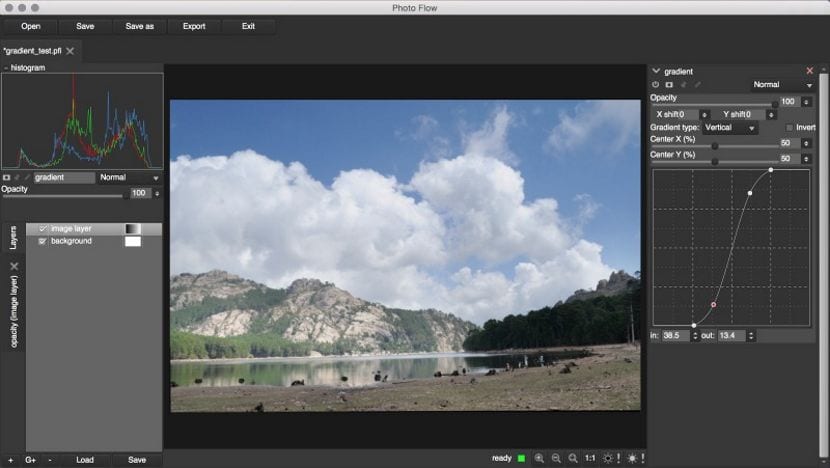
In photoflow, you can create an Orton effect in few clicks.ĬarVac correctly points out: "The tool lists are enormous and don't provide much indication of what they do for photographs. While the concept is simple, there is no way I'm aware of to obtain this effect starting from the basic tools of rawtherapee, darktable or photivo (and actually at least two of them include a special tool to realize the Orton effect.). In digital photography it can be reproduced by applying a copy of the original image in screen blend mode followed by a second, blurred copy in multiply blend mode. I'll try to give an example of what I am saying: many of you probably know what the so-called "Orton effect" is.

This requires quite a lot of memory and makes certain simple edits simply not possible. As far as I know, in all the three examples I mentioned above, the pipeline is fixed and processes the whole image each time a parameter is modified (I'm sure about that in the rawtherapee case, quite sure for darktable, while not 100% for photivo). The third key point is more technical, and is related to the way the processing pipeline is implemented in all those raw processors. However, it is far from having the same flexibility as the layer masks in gimp (or photoflow). The situation seems better in the case of darktable, as recently some support for local editing was added.
Photoflow gimp code#
The conclusion was more or less always the same: one would need a code rewrite for that. This brings us to the second key question that was rised here: why not to improve an existing tool (like rawtherapee, or darktable, or photivo) instead of starting yet another project from scratch? Personally I'm more familiar with rawtherapee, and I've followed a certain number of discussions on their forum about adding support for layers and local editing. My answer will start with another question: why do you use gimp if you have ratherapee? Now suppose you have a tool that combines rawtherapee and gimp in one single application, providing you direct, non-destructive, local editing of RAW images, based on layers and layer masks. That's the key question, and I guarantee that I've kept asking myself the same for a long while before deciding to start the project.
Photoflow gimp software#
I'll start from the fundamental question raised by m0gg: "why would I use your software instead of let's say Rawtherapee?". As the leading (and for the moment only) developer of this new tool, let me try to answer at least to part of the questions and objections raised here. Hello, and thanks a lot for all the comments and interest about photoflow. I developed an algorithm central to my workflow that doesn't fit into existing editors' pipelines and essentially requires raw input (linear gamma), so I had to create a new editor around it. Of course, this is me speaking as someone currently writing a new photo processing application. That's why new projects pop up and supersede the old ones, dropping unnecessary and obsolete features on the way and having more polished UI's.



It's often difficult to remove features from a FOSS program without a big rewrite.
Photoflow gimp pro#
And they have UI quirks that are irritating to big-time users like pro photographers: my pet peeve is when scrolling in to zoom never keeps the mouse over the same location in the image. In most editors' cases (not PhotoFlow, apparently), it's impossible for a casual user to know the order in which the tools are applied. The tool lists are enormous and don't provide much indication of what they do for photographs. The existing photo editors are enough for the average Joe, but they're far from streamlined.


 0 kommentar(er)
0 kommentar(er)
